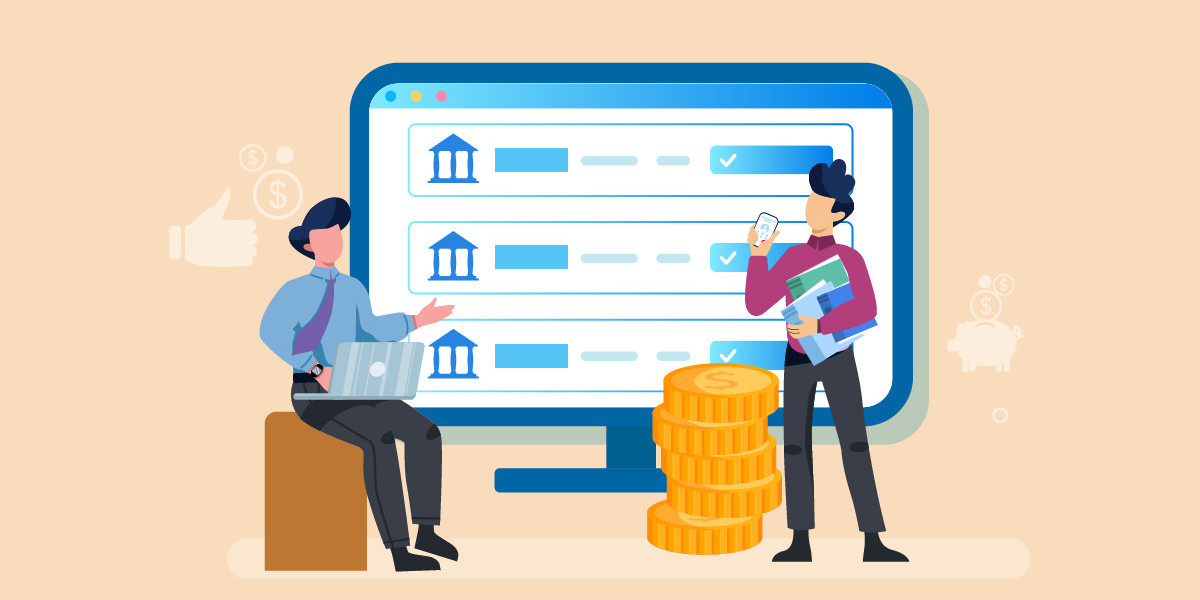The financial architecture that supports the loan servicing software industry has undergone a significant transformation, moving in lockstep with the broader shifts in enterprise software. An examination of Loan Servicing Software revenue models reveals a clear and decisive migration away from traditional, upfront licensing towards more flexible and recurring, service-based approaches. This evolution is driven by customer demand for greater financial predictability and scalability, as well as the technological shift to cloud-based delivery. Understanding these different commercial models is key to appreciating the financial dynamics of the market and the nature of the relationship between lenders and their critical technology partners, which has become a more continuous and collaborative partnership over time.
The legacy revenue model, which was dominant for decades, is the on-premise perpetual license. In this model, a financial institution would pay a large, one-time, upfront fee to purchase a license to use the software indefinitely. This initial fee was then supplemented by a recurring annual maintenance and support fee, typically calculated as a percentage (around 18-22%) of the initial license cost. While this model provided vendors with a large initial cash infusion, it created a high barrier to entry for smaller lenders and resulted in a more transactional, less continuous relationship with the customer. While some large, established banks may still operate on this model with their legacy systems, it is rapidly being replaced and is no longer the standard for new deployments.
The dominant revenue model in the modern market is, by a wide margin, the cloud-based Software-as-a-Service (SaaS) subscription. In this model, the lender does not own the software but pays a recurring fee—billed monthly or annually—for the right to access and use the platform. This subscription-based approach is far more attractive for most lenders as it converts a massive capital expenditure (CapEx) into a more manageable and predictable operating expense (OpEx). The pricing for these subscriptions is often tied to usage, creating a scalable model. Common pricing metrics include a fee per loan per month (PLPM), a fee based on the total dollar value of the loan portfolio being managed, or a tiered model based on the number of active loans, which aligns the vendor's revenue directly with the customer's business volume.
While software subscriptions form the core of the market's revenue, professional services remain a critical and highly profitable secondary income stream for vendors and their ecosystem of implementation partners. The migration from a legacy servicing system to a new platform is a complex and mission-critical undertaking. This creates a strong demand for a wide range of fee-based services, including project management, data conversion and migration, system configuration and customization to meet the lender's unique workflows, and extensive user training. For large and complex enterprise deployments, the revenue generated from these one-time implementation services can be substantial, often equaling or even exceeding the value of the first year's subscription fee, making it a vital component of the overall revenue picture.
Explore Our Latest Trending Reports:







